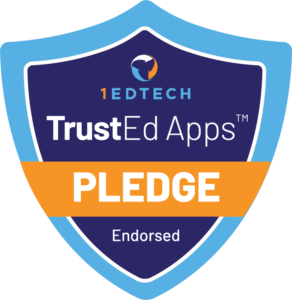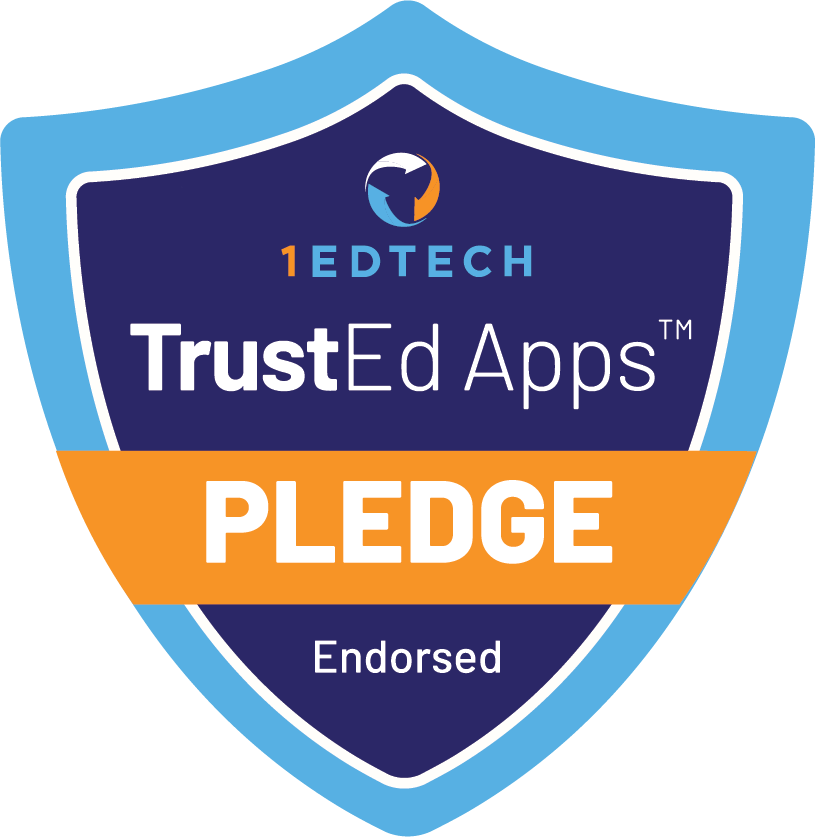Getting a work-based learning (WBL) program approved requires careful planning, data-driven justification, and strong stakeholder engagement. The process begins with gathering data from students, parents, employers, and advisory committees to identify skill gaps and career readiness needs. Crafting a clear mission, vision, and set of SMART goals helps align the program with the school’s academic objectives and community needs. A well-prepared proposal, including a detailed framework outlining the types of WBL experiences, their duration, and expectations for participants, is essential.
Engaging key stakeholders—such as school administrators, teachers, local businesses, and parents—ensures broad support. Addressing legal compliance, preparing participants, and showing the program’s sustainability further strengthens the case. By demonstrating how the program meets both educational and workforce development goals, schools can secure approval and create lasting opportunities for student success.






